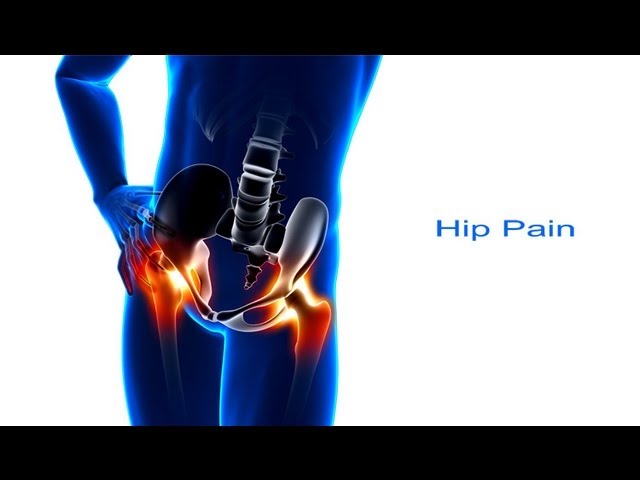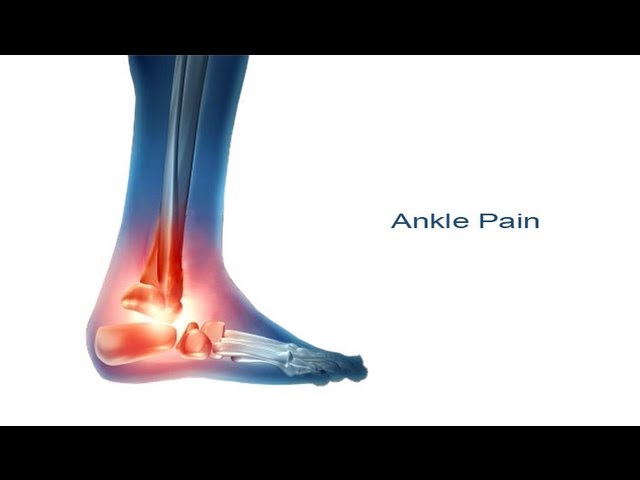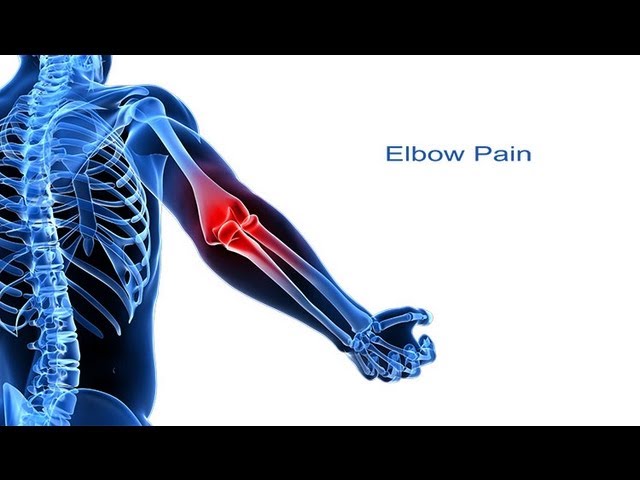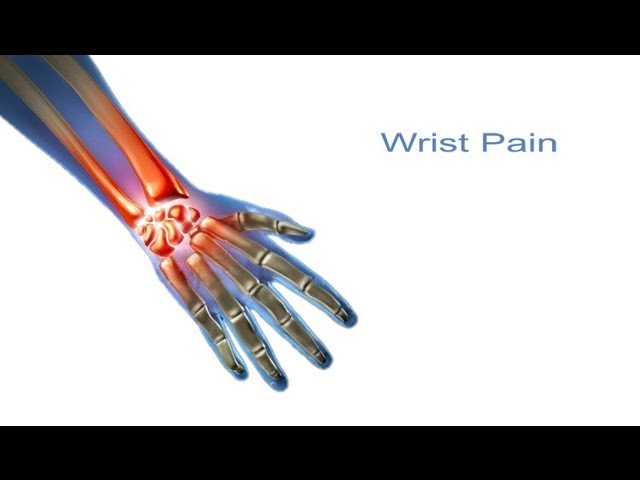Dr Saran's 5 Steps to Lower Back Pain Relief
Lower back pain or lumbago is a musculoskeletal disorder affecting 80% of people at some point in their lives. It is the most common cause of job-related disability, a leading contributor to missed work. It can be either acute, sub-acute or chronic in duration. Fortunately, most occurrences of lower back pain go away within a few days. Others take much longer to resolve or lead to more serious conditions.
Acute or short-term low back pain generally lasts from a few days to a few weeks. Symptoms may range from muscle ache to shooting or stabbing pain, limited flexibility and/or range of motion, or an inability to stand straight. Some acute pain syndromes can become more serious if left untreated.
Chronic back pain is measured by duration. Pain that persists for more than 3 months is considered chronic. It is often progressive and the cause can be difficult to determine.
Quick tips to a healthier back
Following any period of prolonged inactivity, begin a program of regular low-impact exercises. Speed walking, swimming, or stationary bike riding 30 minutes a day can increase muscle strength and flexibility. Yoga can also help stretch and strengthen muscles and improve posture. Ask your physician or orthopedist for a list of low-impact exercises appropriate for your age and designed to strengthen lower back and abdominal muscles.
• Always stretch before exercise or other strenuous physical activity.
• Don't slouch when standing or sitting. When standing, keep your weight balanced on your feet. Your back supports weight most easily when curvature is reduced.
• At home or work, make sure your work surface is at a comfortable height for you.
• Sit in a chair with good lumbar support and proper position and height for the task. Keep your shoulders back. Switch sitting positions often and periodically walk around the office or gently stretch muscles to relieve tension. A pillow or rolled-up towel placed behind the small of your back can provide some lumbar support. If you must sit for a long period of time, rest your feet on a low stool or a stack of books.
• Wear comfortable, low-heeled shoes.
• Sleep on your side to reduce any curve in your spine. Always sleep on a firm surface.
• Ask for help when transferring an ill or injured family member from a reclining to a sitting position or when moving the patient from a chair to a bed.
• Don't try to lift objects too heavy for you. Lift with your knees, pull in your stomach muscles, and keep your head down and in line with your straight back. Keep the object close to your body. Do not twist when lifting.
• Maintain proper nutrition and diet to reduce and prevent excessive weight, especially weight around the waistline that taxes lower back muscles. A diet with sufficient daily intake of calcium, phosphorus, and vitamin D helps to promote new bone growth.
• If you smoke, quit. Smoking reduces blood flow to the lower spine and causes the spinal discs to degenerate.
Here are 5 stretching exercises for lower back pain relief.
Keep training
Dr Saranjeet Singh
(Sports Medicine Specialist)




